Protecting Pet Vision: Common Issues and Urgent Care Needs
A dog rubbing their face on the carpet until an eye is swollen, or a cat waking up with one eye sealed shut, are scenarios that should never be ignored. These sudden changes are more than just minor irritations- they can be the first signs of serious eye disease. Pets rely heavily on their vision to interact with their families and navigate their environment, so even small issues can affect comfort, behavior, and quality of life.
Eye problems in pets often appear quickly and progress rapidly. What starts as mild redness or tearing can become infection, corneal damage, or even permanent vision loss in a matter of hours or days. Because many eye conditions look similar on the surface, only a veterinary exam can determine the true cause and best course of treatment.
At Woodland Springs Veterinary Hospital in Fort Worth, TX, our team emphasizes the importance of acting promptly when you notice eye changes. With early detection and intervention, conditions like conjunctivitis, ulcers, glaucoma, or cataracts can be managed more effectively, giving your pet the best chance for long-term comfort and vision.
Identifying Common Eye Problems in Pets
Pet eye issues often begin subtly but can escalate rapidly. Recognizing early signs helps you act before minor irritations become serious threats to your pet’s vision.
Conjunctivitis: Symptoms and Treatment
Red, watery eyes or unusual discharge could indicate conjunctivitis, which is inflammation of the thin membrane covering the eye’s surface. Pets may paw at their face or rub against furniture.
Key indicators include persistent squinting, thick yellow or green discharge, and pronounced redness. Allergies, infections, or irritants can trigger conjunctivitis, and the cause determines the most effective treatment. Topical antibiotics help bacterial infections, while antihistamines address allergic reactions. Without treatment, chronic conjunctivitis can lead to scarring or permanent eye damage.
Corneal Ulcers: Causes and Care
Corneal ulcers are painful open wounds on the eye’s clear surface and are often caused by trauma, scratches, or infection. Pets may show light sensitivity, excessive tearing, and keep the eye tightly closed.
Causes include scratches from other animals, foreign material like grass seeds, or infections that weaken the cornea. Breeds with prominent eyes face a higher risk.
Prompt veterinary attention is essential, as ulcers can deepen quickly and potentially lead to eye rupture. Treatment may include protective medications, pain management, and sometimes surgery to promote healing and preserve vision.
Cataracts vs. Nuclear Sclerosis
Cloudy eyes in older pets can be due to nuclear sclerosis or cataracts. Nuclear sclerosis causes a bluish-gray haze that typically doesn’t affect vision significantly. Cataracts appear as white, opaque areas and can progress to blindness.
Nuclear sclerosis develops gradually and rarely causes functional vision problems.
Cataracts may require surgery to restore sight. The decision depends on progression, overall health, and the impact on quality of life. Regular wellness exams help track changes and determine the best treatment timeline.
Cherry Eye
Cherry eye is a condition where the tear gland in a dog’s third eyelid prolapses, appearing as a red lump in the corner of the eye. While it may not be painful at first, it causes irritation and can lead to dry eye over time. Surgical correction is the standard treatment to preserve healthy tear production and prevent chronic problems.
Entropion
Entropion is an inherited eyelid problem in which the eyelid rolls inward, causing lashes to rub against the cornea. This constant irritation can lead to ulcers and vision loss if untreated. Breeds like Bulldogs, Shar-Peis, and Retrievers are predisposed. Surgery is usually needed to correct the eyelid position and protect eye health long term.
Pannus
Pannus, or chronic superficial keratitis, causes progressive cloudiness across the cornea. This autoimmune condition typically affects both eyes and can lead to blindness without consistent management.
Breeds like German Shepherds and Belgian Tervurens are more susceptible, and ultraviolet light can worsen it.
Management involves regular medication to control inflammation and protect against UV damage. While pannus can’t be cured, consistent treatment and monitoring through our wellness plans help maintain vision.
Lens Luxation
One of the most serious eye emergencies is lens dislocation. This occurs when the lens shifts out of its normal position, often due to genetics or trauma. It can block fluid drainage and trigger painful secondary glaucoma. Terriers are especially predisposed. Symptoms include a cloudy cornea, abnormal pupil shape, or sudden pain, and immediate veterinary treatment is essential.
Feline Vision Problems
Cats can also suffer from unique conditions that affect their eyesight. Feline vision problems may be caused by retinal disease, infections, or high blood pressure that leads to retinal detachment. Because many eye issues in cats develop quietly, regular veterinary exams and blood pressure checks are vital, especially for older cats. Prompt treatment offers the best chance to preserve sight.
Dry Eye
One of the most common ocular problems in pets is keratoconjunctivitis sicca (KCS), also known as dry eye. It happens when the tear glands stop making enough fluid to keep the eye moist. Owners may notice signs like squinting, sticky discharge, or irritated eyes. Ongoing therapy with medications that boost tear production, plus artificial tears, can protect the cornea from long-term damage.
Hereditary Eye Diseases
Genetics significantly influence many eye conditions affecting specific breeds. Progressive retinal atrophy and breed-specific conditions like collie eye anomaly can impact vision. Responsible breeders often screen for these conditions, but symptoms may not appear until later in life.
Regular eye examinations are particularly important for predisposed breeds. Early detection with advanced diagnostic imaging supports management strategies that can slow progression and maintain quality of life.
Urgent Eye Care Needs: When to Seek Help
Recognizing when eye problems require immediate attention can mean the difference between successful treatment and permanent vision loss.
Spotting Eye Pain: Don’t Wait
Pets in eye pain may show excessive tearing, persistent pawing at the face, and light sensitivity. Other concerning signs include holding one eye closed, unequal pupils, or sudden behavior changes like reluctance to go outside. Eye pain can signal corneal damage, increased eye pressure, or infection. When in doubt, call us right away.
Eye Emergencies That Can’t Wait
Sudden vision loss, obvious eye trauma, or severe swelling preventing the eye from opening are emergencies. Additional red flags include pupils that don’t respond to light, eyes that seem enlarged, or any visible injury. Chemical exposure requires immediate flushing and professional treatment. Conditions like acute glaucoma or penetrating injuries can cause blindness within hours without proper treatment.
For urgent situations during business hours, Woodland Springs Veterinary Hospital offers emergency care during regular hours to address time-sensitive problems before they cause permanent damage.
Foxtails and Other External Threats
Environmental hazards pose significant risks to pet eye health. Foxtails, which are barbed grass seeds, can lodge behind eyelids or in tear ducts, causing severe irritation and infection. They can even migrate deeper into tissues if not removed promptly. Other hazards include thorns, wood chips, and pollen that can scratch the cornea or trigger allergic reactions.
Prevent issues by avoiding high-foxtail areas during seed season and checking your pet’s eyes after outdoor activities. If you suspect foreign material, don’t try to remove it yourself. Contact us for immediate guidance.
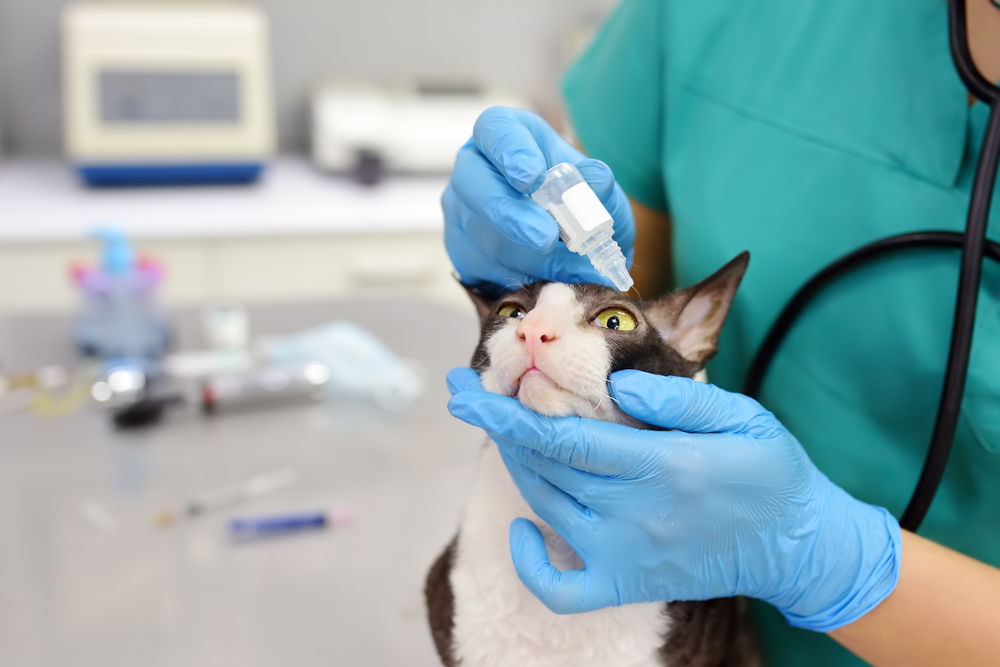
Preventative Measures and Regular Check-Ups
Proactive eye care prevents many problems from escalating. Regular monitoring and simple prevention steps protect your pet’s vision.
Wellness Plans and Regular Eye Exams
Comprehensive wellness plans include routine eye exams that detect issues early. Tracking changes over time guides timely intervention. During general wellness visits, veterinarians may check eye pressure, examine internal structures, and evaluate overall eye health to ensure treatment begins when it’s most effective.
Administering Eye Medications
Proper technique ensures treatments work effectively and prevents additional trauma. Many owners find drops or ointments challenging at first, but the right approach helps.
Follow these guidelines for eye medications for step-by-step instructions. Gentle restraint, positive reinforcement, and consistent timing improve success and comfort.
Your Pet’s Vision Depends on Quick Action
Early detection and prompt treatment can preserve your pet’s sight. If you notice sudden discharge, persistent squinting, obvious pain, or vision changes, do not wait to see if symptoms resolve.
Woodland Springs Veterinary Hospital provides comprehensive diagnostic services, emergency care, and tailored wellness plans to address both routine concerns and urgent situations. Our veterinarians partner with you to protect your pet’s eyes and overall health.
Call ahead if you suspect an eye emergency, and bring any medications your pet is currently taking to help our team provide the most effective care. For questions or appointments, contact us today. Our team is ready to help safeguard your pet’s vision. Schedule an appointment with us to ensure your pet’s eyes remain healthy and bright.


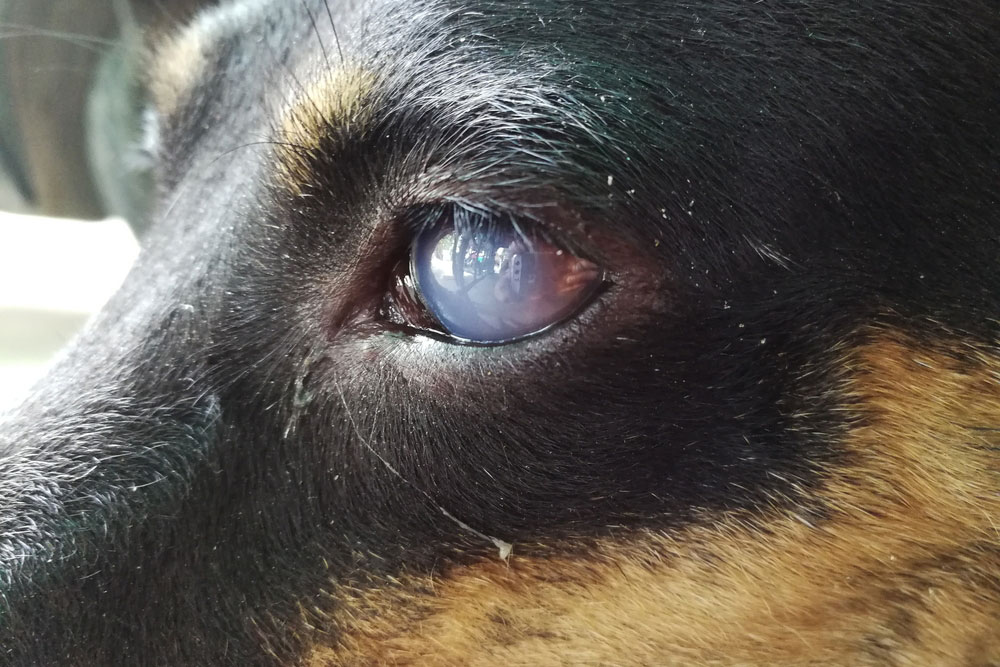
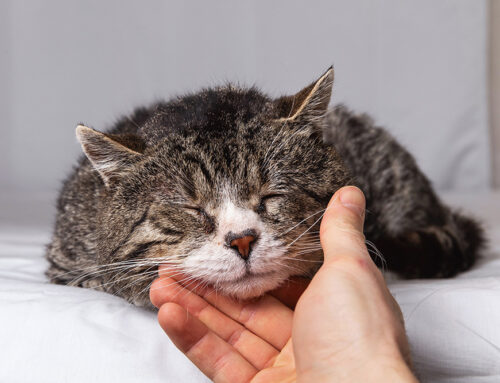
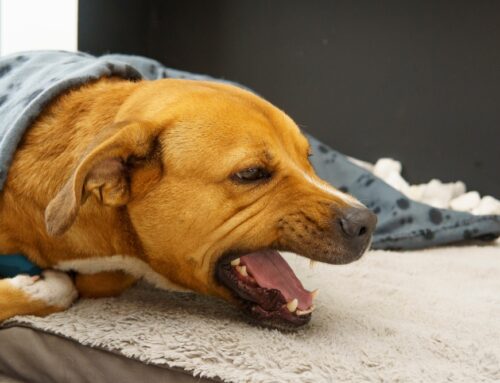
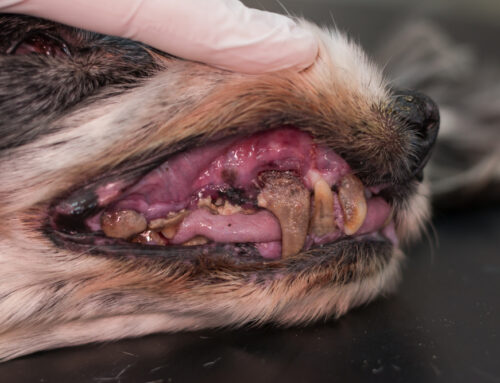
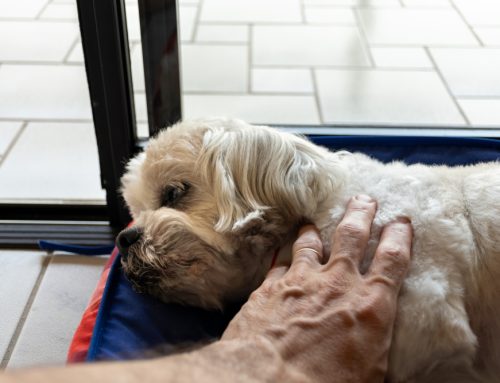
Leave A Comment